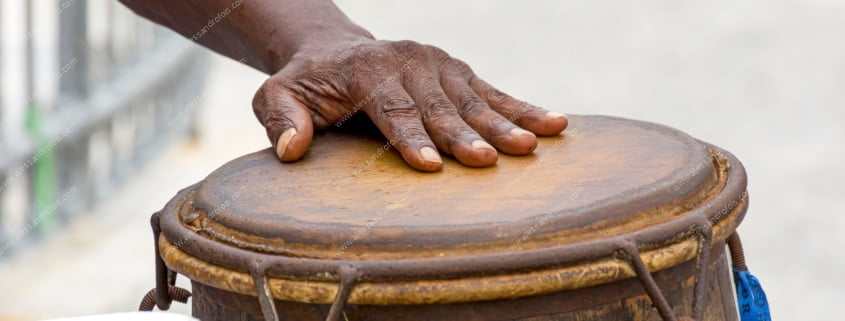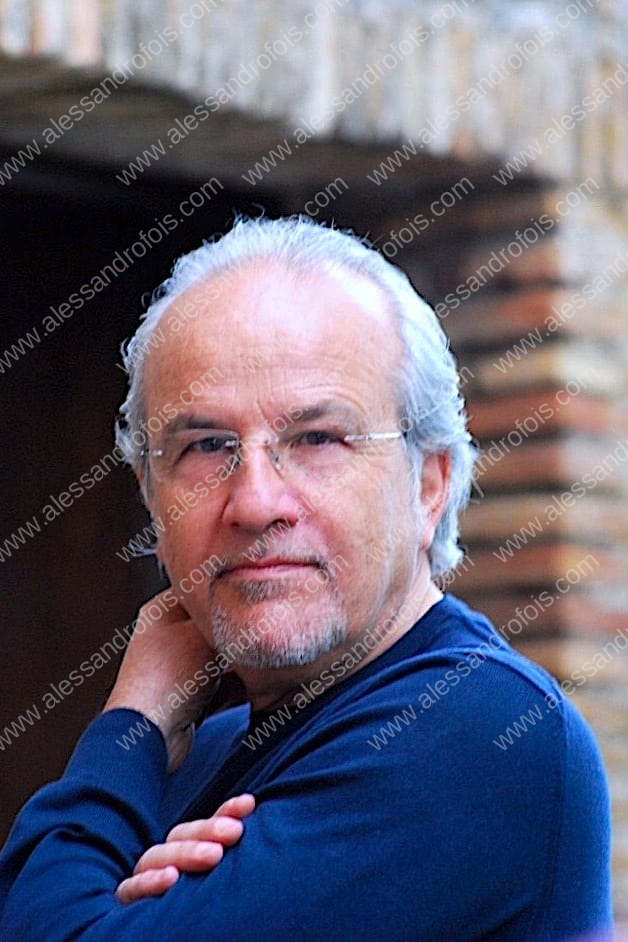African DNA: poised between binary and ternary rhythmic figures
- Author Profile
- Recent posts
Drummer, Percussionist, Composer, Arranger, Author
AFRICAN DNA
Poised between binary and ternary rhythmic figurations
Origins
Africa's cultural revenge started with music.
When Africans reached the shores overseas they communicated with rhythm, song and body language.
After an imposed initial condition, as time went on, the ancient culture and their steadfast traditions found their rightful place in Western society, enriching it and unleashing a strong energetic power that changed the customs of the host country.
Africans dance, but not for pastime like clubbers, it is a real need that needs rhythm, the alternation of accents and polyrhythms, closely linked to the dance steps and the intrinsic meaning of each of the many rhythmic patterns.
The 'Griot' family, popular percussionists from Senegal, used to call people around the villages with their percussion instruments and update them on all the news; they were a kind of town criers.
The USA, Brazil, the Caribbean are irrefutable examples of the transformation that took place after the arrival of African culture in these lands: Jazz, Samba and all the Afro-Cuban rhythms.
Influences
It is impossible to imagine today's world without the influence of this music. George Gershwin, despite his classical training, was so enchanted by the blues that he wrote the well-known 'Rhapsody in Blue' as well as many other famous compositions for musicals: Porgy and Bess and Summertime, to name but a few, which later became standards played by jazz musicians.
Binary and ternary rhythms
To be more specific about rhythmic figurations and 'binary and ternary', ternary rhythms are the defining matrix of Afro music, the interaction with binary figurations creates a 'polyrhythmic wave' that is both anomalous and fascinating.
It is at the performer's discretion whether to push more on one rather than the other of the two figurations, it is not just a matter of mathematics but of interpretation.
The great Peter Esrkine said during a master class that the effect of samba rhythm is a bit like listening to two bands in two different rooms at the same time, where one plays a shuffle (ternary) and the other a rock song (binary).
Typical samba rhythm of the 'Batucada' percussion ensemble of carnival schools
Click on the arrow to start the video






Leave a Reply
Want to join the discussion?Feel free to contribute!